Big Range, Big Battery, Big Car?
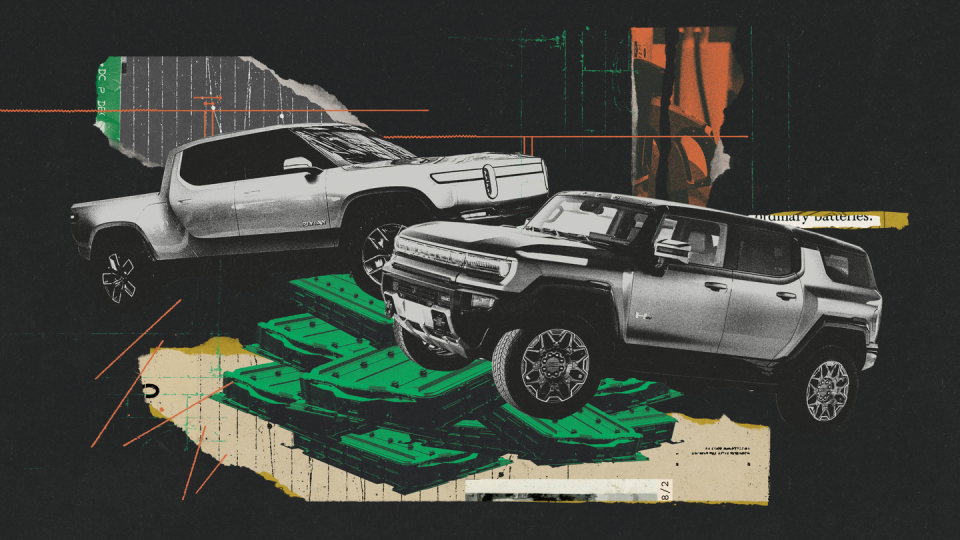
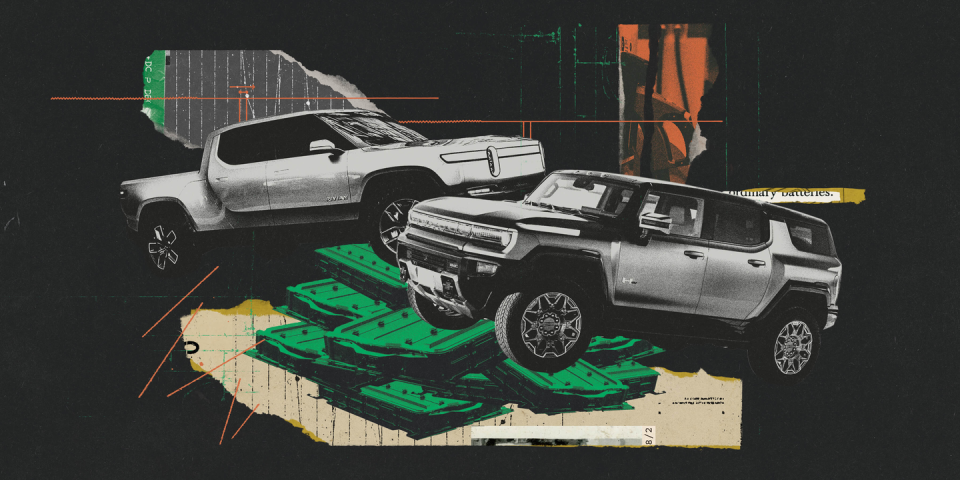
The vexing alchemy of electric vehicles is still coming up with something that’s commercially attractive, relatively affordable, and with a reassuringly long range. Of course, all those considerations intersect at… the batteries. And that comes down to how big must an electric car be?
“We didn’t have to make our car larger to make the car,” explains Eric Bach, the Senior Vice of Product and Chief Engineer at Lucid Motors. “But capacity and technology drive mass. Which potentially have repercussions on vehicle size.”
Batteries – still – don’t have the energy density of petroleum-based fuels like gasoline or diesel. Since 1800 when Alessandro Volta invented the electric battery, scientists, technologists, and yahoos with spare time on their hands, have all been striving to quickly shove more amperage into a smaller space and discharge that stored electricity efficiently. And there’s been progress. And there’s still a ways to go.
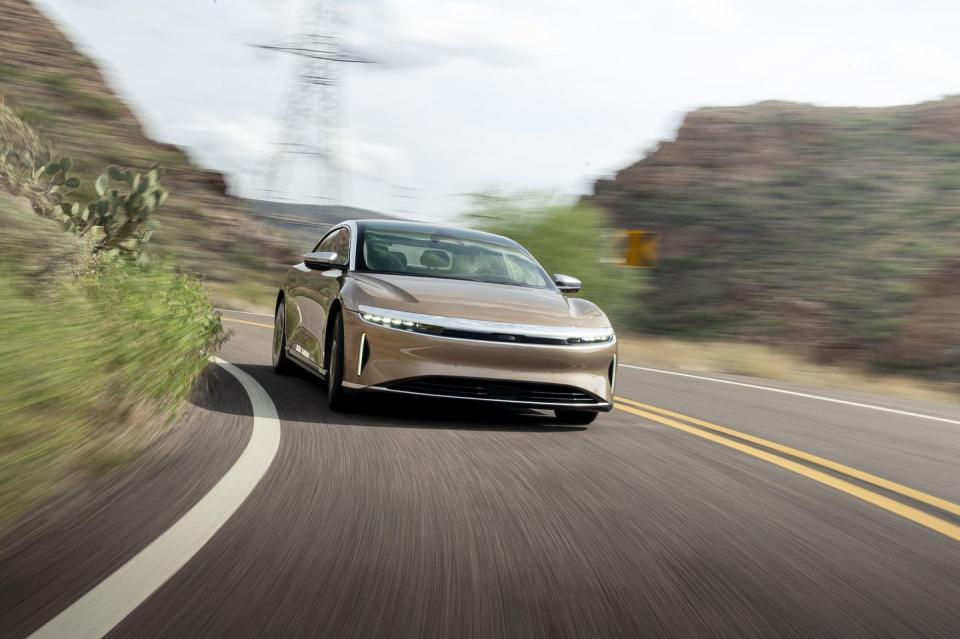
It's a game of trade-offs. Increase battery size to increase range and that adds mass to the vehicle which, in turn, means more energy is needed to move it. Keep the battery size modest, however, and the vehicle may not be viable. The Nissan Leaf, for instance, can be had with a 40 kilowatt-hour or 60 kilowatt-hour battery pack with an EPA-rated driving range of between 149 and 215 miles. A Leaf weighs in between 3500 and 3900 pounds, which is a lot for a small five-door hatchback, but among the lighter consumer electric vehicles. Not that many consumers want a small five-door hatchback though, and Nissan sold only 7152 of them during 2023. Only the GT-R sold fewer units for Nissan. And Nissan’s best-seller, the Rogue SUV, found 271,458 new homes last year.
“The battery size is determined by many factors and requirements of the vehicle, including desired performance, range, lifecycle, etc., of the vehicle,” wrote Rivian to R&T in an unattributed e-mail. “Battery specs and sizing are defined by the intended uses and vehicle segment. Different customers require different ranges and the available volume defined within the overall vehicle package will then dictate battery size.” In sum, a battery is as big as it needs to be.
A Lucid Air is a big, flagship-class car. But that doesn’t mean the company will never build a smaller one.
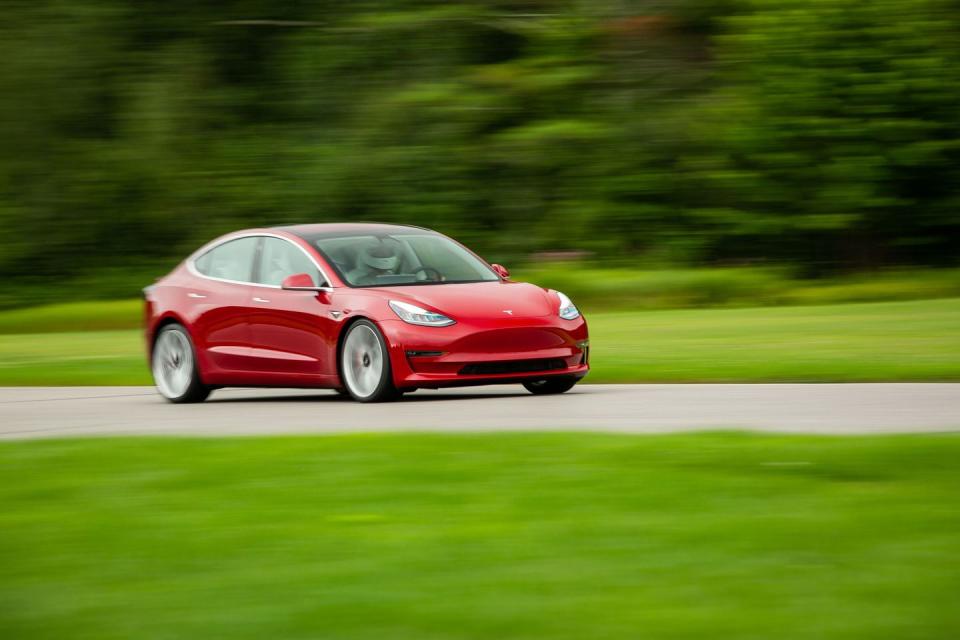
“A 300 mile range in a compact format is possible,” explains Lucid’s Bach. “We don’t have the supply chain leverage that enables the sale of the compact car… If we had the scale, if we had the supply chain to support it, it could be done. It’s not a technological limit, it’s scale and leverage.” Of course, 300-odd miles of range in a compact sedan is already on the market. The Tesla Model 3 is only about a finger longer than a Toyota Corolla and with its long-range battery the EPA range breezes past the 300-mile mark. It's the same story for lots of other vehicles not yet for sale in the United States. The Nio ET5 Touring, a Chinese automaker's compact wagon, gets almost identical specs as the Model 3: about 270 miles of range with the standard battery, 340-odd for the long-range one. If you live in Germany, Sweden, or a few other cold, Northern European countries, you can buy one now.
In March, 2024 Rivian introduced its upcoming R2 and R3 models to great fanfare. They’re smaller than the R1T pickup and R1S SUV and have the adorable-adjacent silhouette of the tiny Lada Riva or even dinkier Suzuki Samurai. But they’re not small.
At 185.6-inches long, the R2 mid-size SUV is 12.9-inches longer than a Ford Bronco Sport and its 115.6-inch wheelbase is 10.5-inches longer. At 75-inches wide, it’s significantly narrower than it’s R1 brothers and about the same many mid-size crossovers.
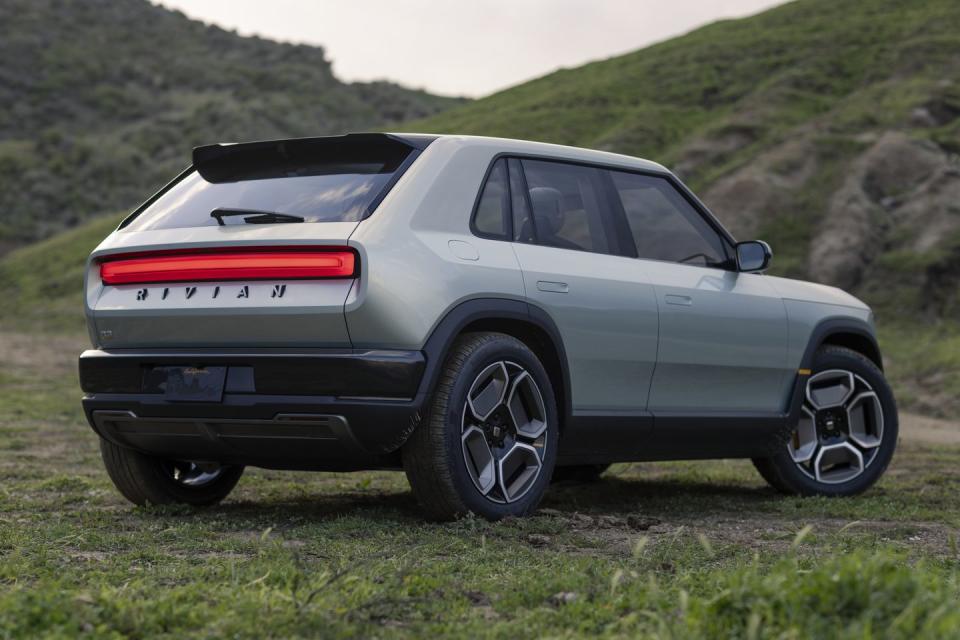
That smaller size means a smaller battery. With the same battery tech and an identical powertrain, the Rivian R1S SUV has less range and less performance than the technically identical R1T truck. The difference? The SUV is shorter, with a shorter wheelbase. There is simply less room for the battery and the SUV makes do with a smaller-capacity battery pack. It's the same story for the GMC Hummer EV truck and EV SUV. Within a carmaker's lineup, we are still seeing a somewhat direct correlation between size and range. Of course, that is changing.
“Battery efficiency is governed by a multitude of factors - thermal system performance, cell chemistry, shared battery and vehicle system functions, ambient temperatures, etc." explains Rivian. “With advancements in all the areas associated with battery technology, as well as Rivian-specific innovations, smaller electric vehicles are becoming more straightforward to engineer and market – as seen on the recently revealed midsize R2, which will offer over 300 miles of range.”
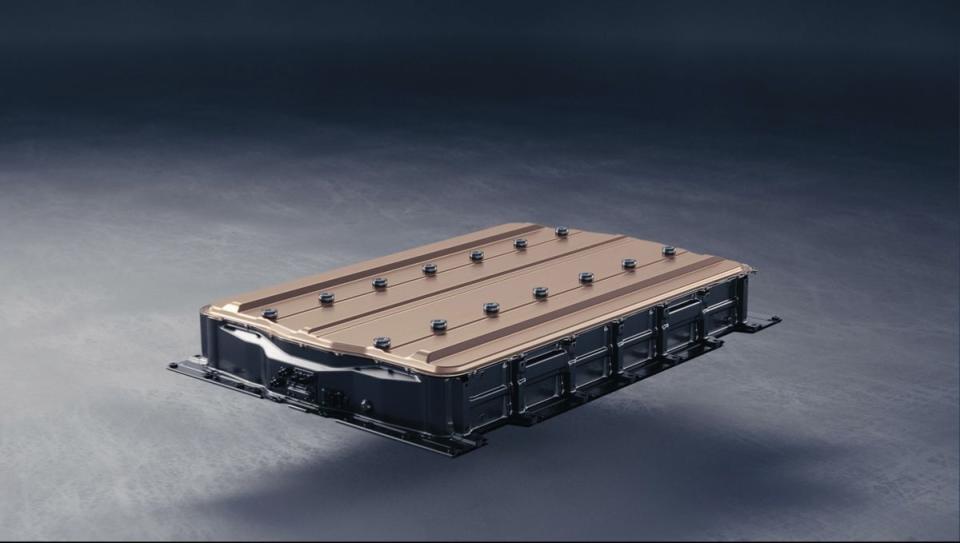
Still, there are issues that tech can't yet escape. If you want big power and impressive stats, you end up with a big battery, and if you have a big battery, you end up with a big vehicle. Things spiral from there until, almost by default, you end up with something on gargantuan scale.
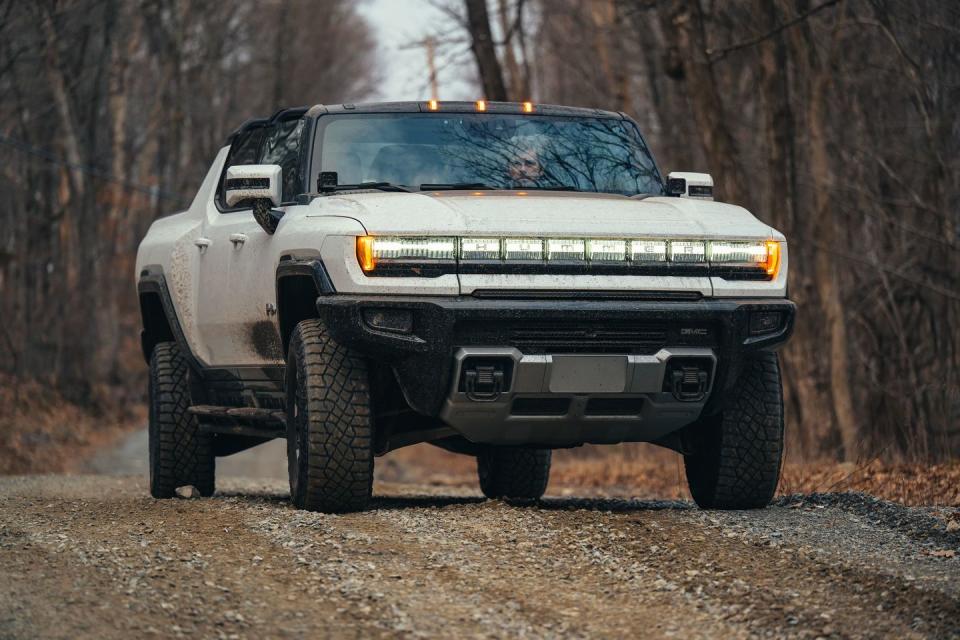
The GMC Hummer EV pickup uses a battery pack made up of 24 modules that provides 212 kilowatt-hours of usable energy. Good enough, says GM, in “3X” trim for up to 381 miles of range despite feeding three monster electric motors producing up to 1000 horsepower. The battery alone weighs in at 2818 pounds which is only 59 pounds less than the curb weight Honda lists for its Civic LX sedan. And that much battery needs a bigger truck around it to handle the mass. So big that curb weights on some Hummers surpass 10,000 pounds.
The pursuit of ever-better battery technology is now in its 225th year. Maybe there will be a paradigm-shattering breakthrough in the immediate future, but probably not. But the incremental improvements are paying off in a steady progression of efficiency.
For the time being, battery technology in the context of consumer performance and range preferences will keep electric vehicles relatively large.
You Might Also Like

 Yahoo Autos
Yahoo Autos 